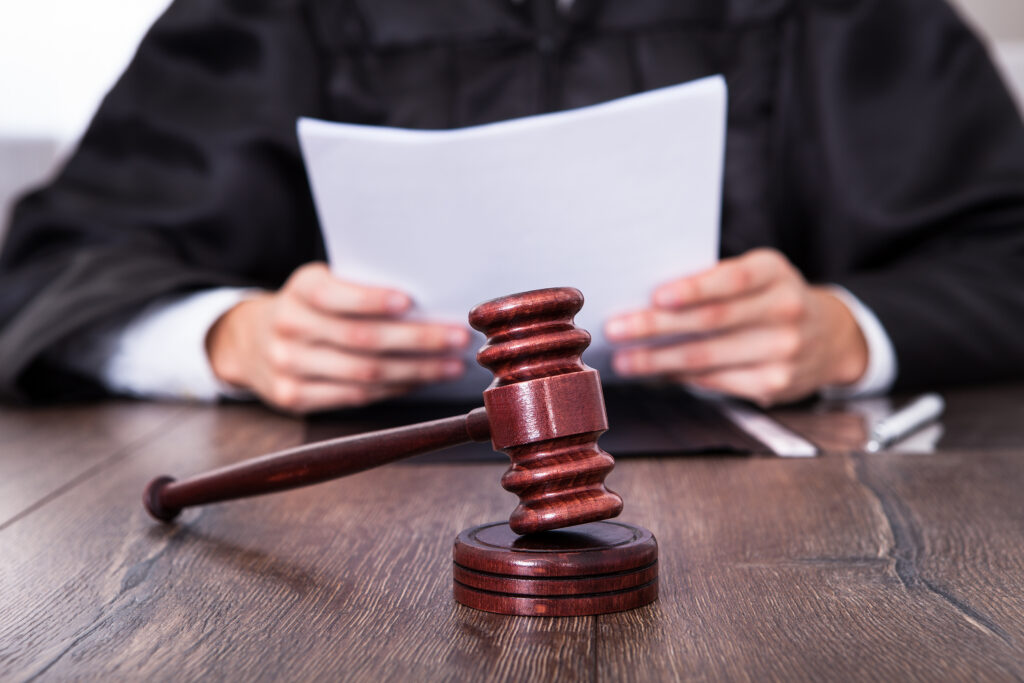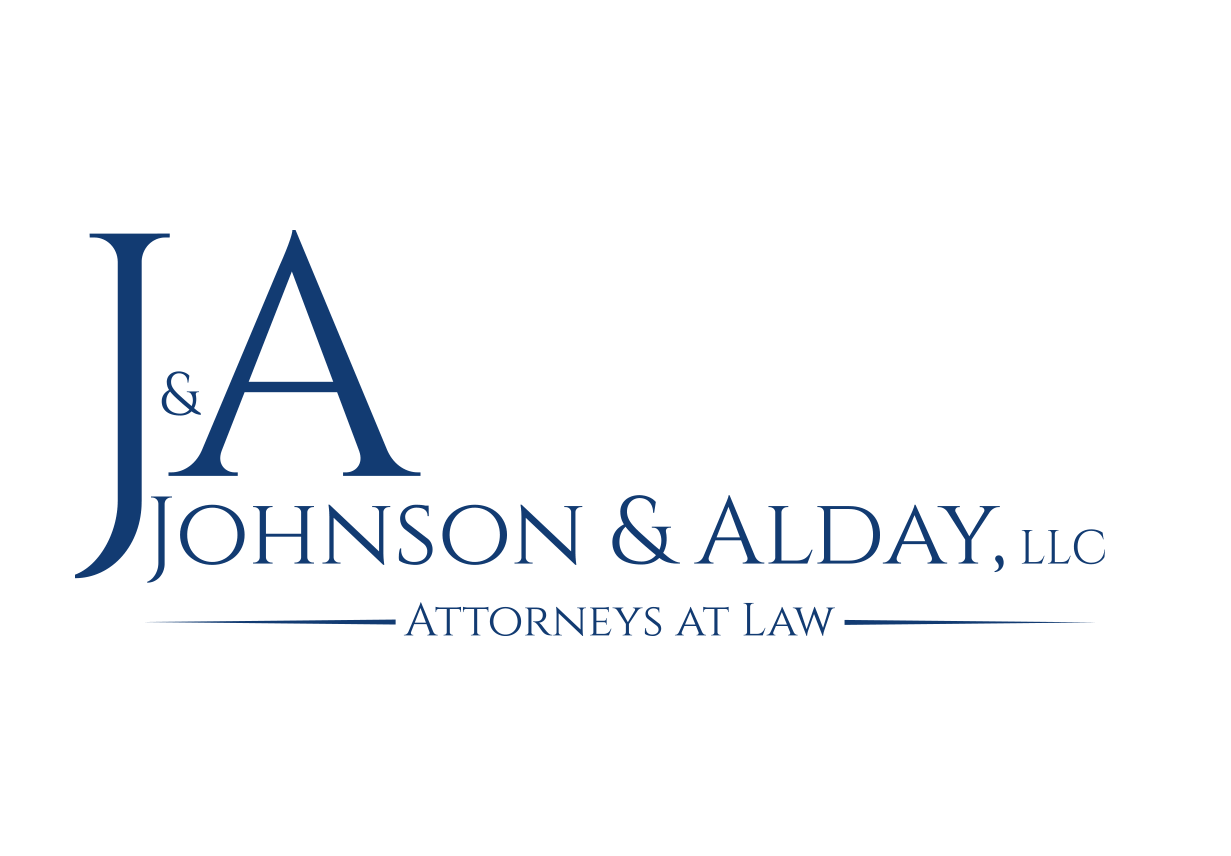The Stages Of A Civil Litigation
Personal Injury Lawyer
Generally, throughout the civil litigation process, there are several very distinct steps which are vital to the progression and completion of a case. Civil law is a type of law practice which is used to resolve disputes between two parties and to provide compensation to the injured party for their physical, mental, or emotional harms according to a personal injury lawyer. These steps are crucial to civil litigation, and without attention to detail in each of the steps, the injured client could lose out on potential compensation for their physical, mental, or emotional injuries.
Investigation & Pleadings
The first stage of any litigation process is investigation, which includes a detailed outline of the plaintiff’s claims, potential or current counterclaims, and the gathering of evidence to ensure there is a case to be had. Next, a document called the complaint or petition is filed, which sets forth the various facts within the case. In this document, there is also an explanation of why the court has jurisdiction, and it details what the plaintiffs seek as relief for their grievance, whether it be money or an injunction. The defendant will then usually receive a summons which informs them of the date and time they must appear in court, and the allegations within the case. Depending on if the defendant chooses to respond with a motion to dismiss, and if not, either party can move for a summary judgment.
Discovery
The discovery phase of litigation is the true fact-finding phase, as it includes depositions, interrogatories, request for production of documents, subpoenas, and potentially an alternative dispute resolution (ADR), if the parties decide to pursue mediation. Both parties must share all evidence in the case, and they may ultimately decide to resolve the case without a trial and come to a settlement. If an agreement cannot be reached, a pretrial order is requested to be issued by the judge, which will then be followed by a scheduling for the trial.
Pre-trial Proceedings
During the pre-trial phase, parties may file certain motions such as a Motion to Compel, a Motion for Summary Judgement, or even a Motion to Dismiss. During the pre-trial conference, the judge will then schedule the trial and set timelines for the case.
Trial
While most cases do settle, there are a variety of issues which could keep both parties from settling. Within a civil trial, there is a lower burden of proof called the preponderance of the evidence, meaning that the plaintiff only has to prove that it is more likely than not that the defendant had committed whatever offense the plaintiff is alleging. The trial process often begins with jury selection, followed by opening statements. Next, the plaintiff witnesses are called to testify, which is then followed by defense witnesses and any potential rebuttal witnesses. Finally, the trial is ended with closing arguments and jury instructions, followed by deliberation and the verdict. Depending on the verdict decided by the jury, the judge may potentially dismiss the case or order final judgements if placed and approved by the jury.
Appeal
In the event that the proceedings do not go as planned, parties may file appeals in order to dispute the interpretation of some laws or the verdict amount. While it’s generally not a successful battle, appeals can often shape not only how future legal proceedings take place, but the potential outcome for the losing party.
If you’ve been injured due to the negligence of another, a personal injury attorney can advise you on the civil proceedings which take place in litigation and help you obtain the compensation you deserve.
Thanks to Eglet Adams for their insight on the stages of a civil litigation.

Tell Us About Your Case

